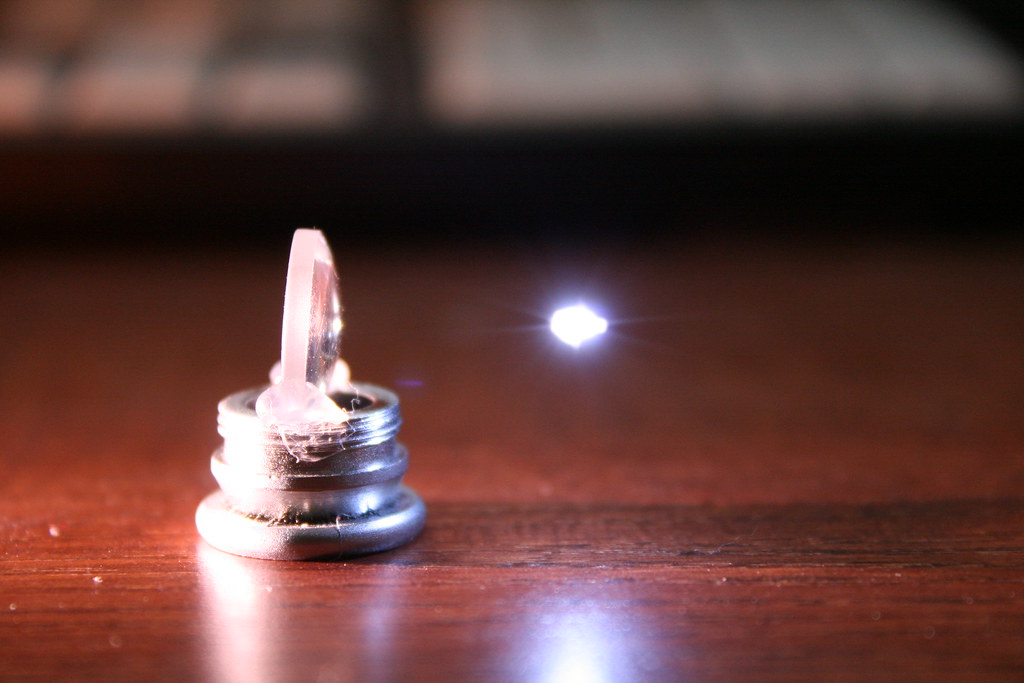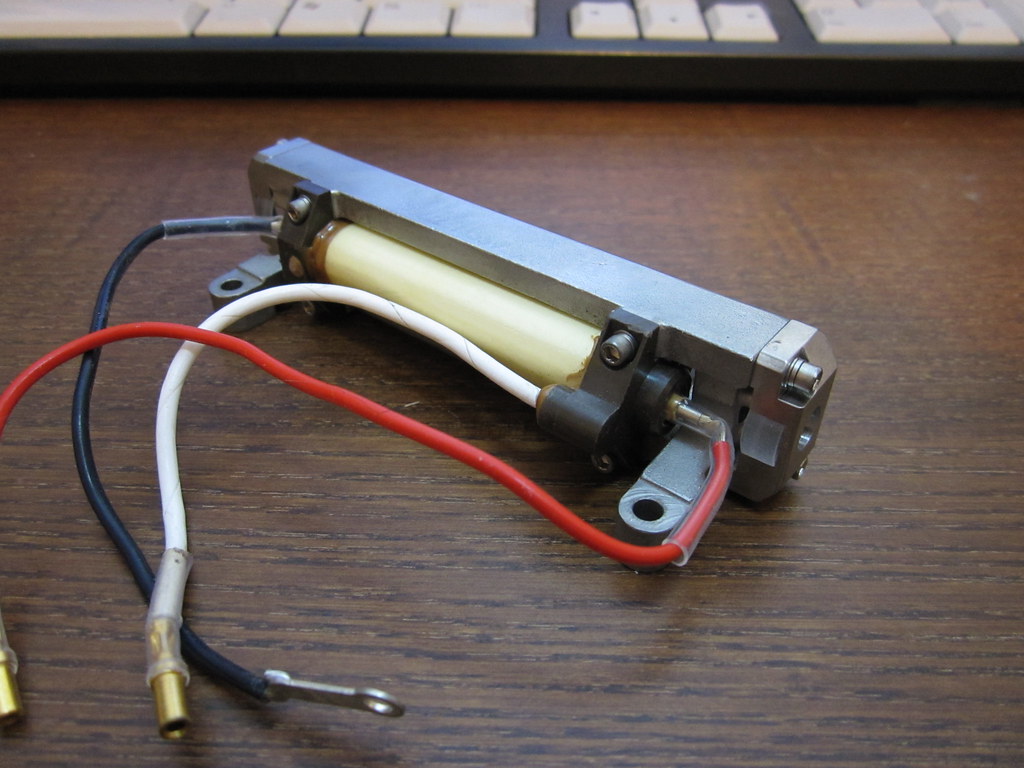I did find this:
Eosc=9.3×10-6 I λ2
where I is the laser intensity (in watts per square meter), λ is the wavelength of the laser light (in meters), and the quiver energy is given in eV.
If the quiver energy is greater than the energy needed to remove an electron, cascade ionization occurs.
For air, the ionization energy is around 15 eV (15.6 eV for nitrogen molecules, 13.6 eV for oxygen molecules)..."
quoted from How to Build a Laser Death Ray: Ionization
(The link is dead though)

I also found this:
Air Breakdown
You've all seen it - a flash and bang in the middle of nowhere from an invisible high power laser. A large enough electric field will strip electrons right out of the molecules of air (mostly N2 and O2). The result is a plasma which appears like a tiny (or not so tiny) spark, possibly along with a loud sonic effect. While the peak power required to do this is high, it can come from relatively small lasers.
(From: James Whitby (james.whitby@phim.unibe.ch).)
The main thing that matters is the irradiance of the beam (i.e. power per area). One way of making an estimate is to consider when the electric field strength in the laser beam is comparable to that experienced by an electron in a a molecule of 'air', or to reported values for the dielectric breakdown of air using DC fields. The presence of any particulate matter will have a big effect on the threshold.
For practical numbers with pulsed lasers see for example: "A numerical investigation of the dependence of the threshold irradiance on the wavelength in laser-induced breakdown in N2", Gamal YEED, Shafik MSED, Daoud JM JOURNAL OF PHYSICS D-APPLIED PHYSICS 32 (4): 423-429 Feb. 21, 1999.
For quick numbers, from another very short paper: Tambay et. al., Pramana 37(2) pp163-166, 1991. Using approximately 2 ns pulses in clean dry air at atmospheric pressure, the thresholds for breakdown were found to be about:
Wavelength Power Density
------------------------------
1064 nm 6 x 1011 W/cm^2
532 nm 3 x 1011 W/cm^2
355 nm 2 x 1012 W/cm^2
(Note the minimum value for the second harmonic, although this looks like an outlier in the data-set this behavior is highlighted in the text so was presumably reproducible.)
(From: Phil Hobbs.)







